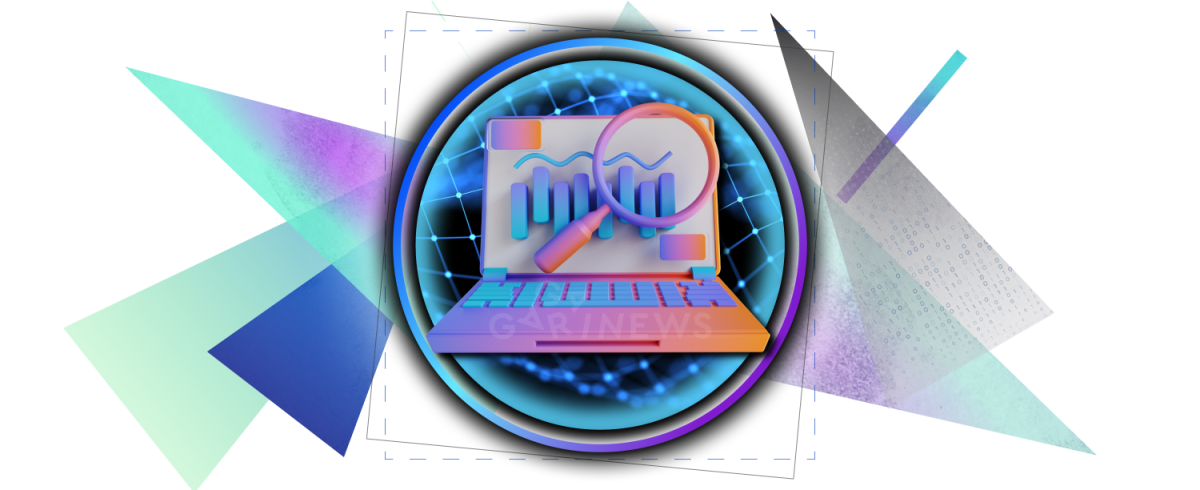Blockchain Explorer is a window into the public blockchain

Public blockchains are a component of a large open-source ecosystem, which allow anyone to view data using particular browsers (explorers).
On this page
As you know, all blockchains can be divided into two types: private and public. The first is a closed corporate network, where information can be viewed only through the invitation and with the access rights granted by the owner. The second is an open public network where anyone can view information. This is where decentralized public network browsers (blockchain explorers) come into play.
What is blockchain explorer in simple words?
A blockchain browser is a search engine (like Google, Bing, or Yahoo! Search) with specific tools created for a particular public blockchain. Some universal viewers are compatible with many decentralized networks. You may choose the desired one from the list.
The blockchain explorer helps to find the necessary information about a specific transaction in the presence of one of the attributes known to the sender or recipient of the transfer. An attribute can be a wallet address, block number, transaction ID (TXID), etc. In addition, the explorer provides a lot of other information, which we will discuss later.
The blockchain explorer is a window into the public blockchain created for owners of virtual assets using web technologies.
The 8 most popular blockchain explorers
- Blockchain.com (Bitcoin, Ethereum, Bitcoin Cash);
- TokenView (120+ blockchains);
- Coinmarketcap (Bitcoin, Ethereum, Litecoin, Binance Coin);
- Blockchair (18 blockchains);
- BlockCypher (Bitcoin, Ethereum, Litecoin, Dogecoin, Dash);
- BTC.com (Bitcoin, Ethereum, Bitcoin Cash, Ethereum Classic, Litecoin);
- Bitcoin.com (21 blockchains);
- Etherscan (Ethereum + all ERC tokens).
Tokenview allows you to work with 120+ blockchains in a single interface
What information do blockchain explorers provide?
The homepage of most blockchain browsers displays a list of recent blocks, with the creation time and number of transactions in each of them, as well as a separate list of recent transactions. With the help of the public key or the transaction ID, you can check the recipient’s address, the transaction fee, and the processing time.
Blockchain explorers provide an opportunity to examine in detail the status of each transaction, the number of confirmations, and much more. To select and search for data, enter one of the following attributes (parameters):
- transaction hash (txn hash);
- block number;
- wallet address (public key).
Using the public key, you can get the following info:
- wallet balance (except for anonymous coins);
- the number of transactions with amounts and the number of confirmations;
- total amount of coins passed through this wallet;
- recipient addresses;
- the amount of the transaction fees paid.
You can track the status of a specific transfer using the transaction identifier: TXID or HASH. If the value consisting of a long string of letters and numbers was copied correctly, then the browser will find the transaction in the blockchain and display all the details.
The search result of the 179 TRX transfer operation by transaction’s HASH via Tokenview
The transaction identifier plays an essential role in controversial situations when the transfer may be delayed – during the blockchain peak load (this is a typical situation for bitcoin). The sender of the transfer provides it to the recipient and thereby proves the fact of sending coins, enabling the latter to monitor the transaction, check the status of the delayed transaction, and control the number of confirmations.
What else is shown by the blockchain explorer
In addition to transactional statistics, specific blockchain trackers may provide analytics in the form of numbers, graphs, or charts with the following information:
- hashrate distribution among pools;
- fee fluctuations;
- mining time and block size;
- the number of already issued and not yet issued coins;
- addresses of “whale” wallets that store the largest number of coins;
- the current size of the blockchain (this information is important for owners of full nodes);
- the number of orphan blocks (only in PoW blockchains);
- the current amount of market capitalization;
- statistics on smart contracts (only on those blockchains that support them) and much more.
Blockchain explorers of anonymous cryptocurrencies, such as Monero (XMR), etc., do not display information about transaction amounts, wallet balances, and sender/receiver addresses. The only thing the user is able to see after entering the transaction's HASH is the time of initiation of the operation, the amount of transaction fees, and the number of confirmations.
Conclusion
Blockchain Explorer is an indispensable tool for every crypto holder. This solution allows users to track the transaction status of any coin at any time and prove to the recipient that the transaction has actually taken place. Transactions made on public blockchains cannot be canceled or reversed. Transaction delays can occur due to an overflowing mempool, which creates a queue of transactions and takes some time to confirm them. Blockchain explorers monitor such situations as well, indicating the number of transactions in the queue. Hence, this one of the most important tools each cryptohead should have in their arsenal.
The content on The Coinomist is for informational purposes only and should not be interpreted as financial advice. While we strive to provide accurate and up-to-date information, we do not guarantee the accuracy, completeness, or reliability of any content. Neither we accept liability for any errors or omissions in the information provided or for any financial losses incurred as a result of relying on this information. Actions based on this content are at your own risk. Always do your own research and consult a professional. See our Terms, Privacy Policy, and Disclaimers for more details.



























